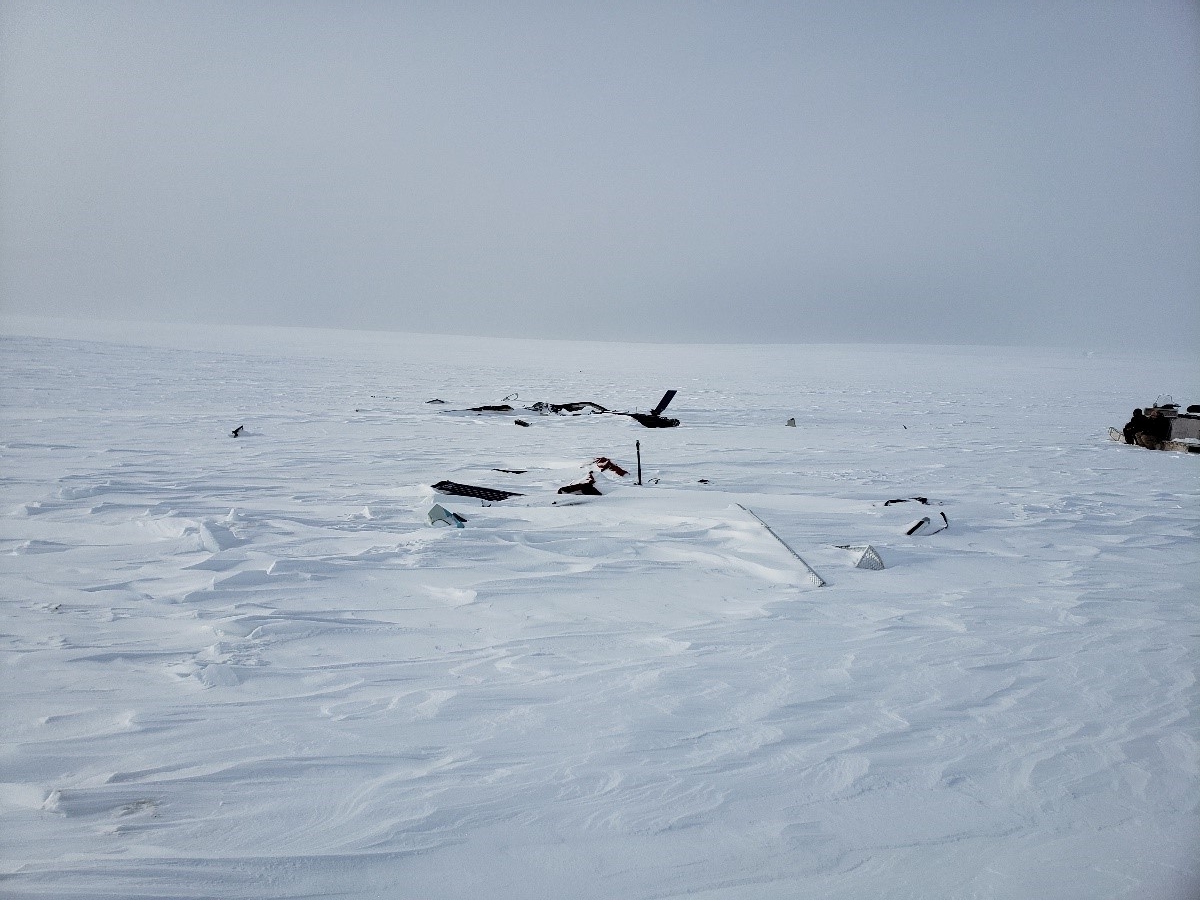Collision with terrain
Great Slave Helicopters
Airbus Helicopters AS350-B2 (C-FYDA)
Griffith Island, Nunavut
The occurrence
On , a Great Slave Helicopters Airbus Helicopters AS350-B2 departed a remote camp on a day VFR flight to Resolute Bay, Nunavut, located approximately 85 nautical miles to the northeast. On board was the pilot and 2 passengers. While flying over Griffith Island, the helicopter impacted the snow-covered surface. The aircraft was destroyed and there were no survivors. A post-crash fire consumed much of the fuselage area. The emergency locator transmitter did not transit a signal to the search and rescue satellites. The TSB is investigating.
Media materials
Deployment notice
TSB deploys a team following a fatal helicopter accident near Resolute Bay, Nunavut
Richmond Hill, Ontario, 29 April 2021 - The Transportation Safety Board of Canada (TSB) is deploying a team of investigators following a fatal accident involving an Airbus Helicopter AS 350 B2 that occurred on 25 April, near Resolute Bay, Nunavut. The TSB will gather information and assess the occurrence.
Investigation information
A21C0038
Collision with terrain
Great Slave Helicopters
Airbus Helicopters AS350-B2 (C-FYDA)
Griffith Island, Nunavut
Download high-resolution photos from the TSB Flickr page.
Class of investigation
This is a class 2 investigation. These investigations are complex and involve several safety issues requiring in-depth analysis. Class 2 investigations, which frequently result in recommendations, are generally completed within 600 days. For more information, see the Policy on Occurrence Classification.
TSB investigation process
There are 3 phases to a TSB investigation
- Field phase: a team of investigators examines the occurrence site and wreckage, interviews witnesses and collects pertinent information.
- Examination and analysis phase: the TSB reviews pertinent records, tests components of the wreckage in the lab, determines the sequence of events and identifies safety deficiencies. When safety deficiencies are suspected or confirmed, the TSB advises the appropriate authority without waiting until publication of the final report.
- Report phase: a confidential draft report is approved by the Board and sent to persons and corporations who are directly concerned by the report. They then have the opportunity to dispute or correct information they believe to be incorrect. The Board considers all representations before approving the final report, which is subsequently released to the public.
For more information, see our Investigation process page.
The TSB is an independent agency that investigates air, marine, pipeline, and rail transportation occurrences. Its sole aim is the advancement of transportation safety. It is not the function of the Board to assign fault or determine civil or criminal liability.
